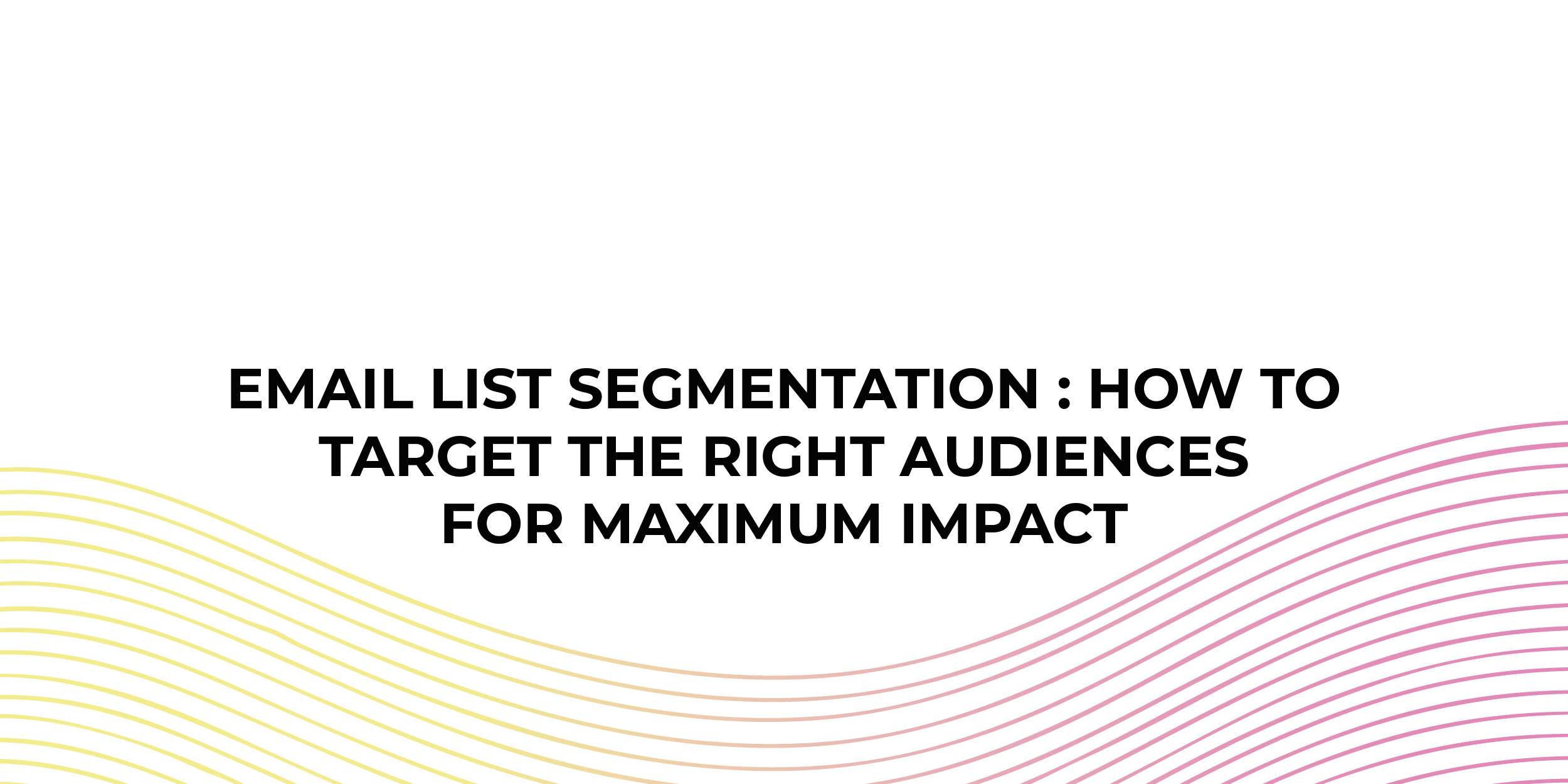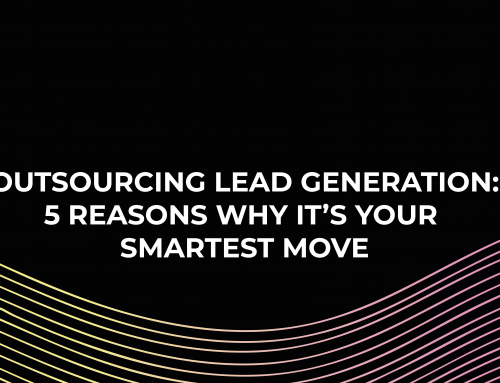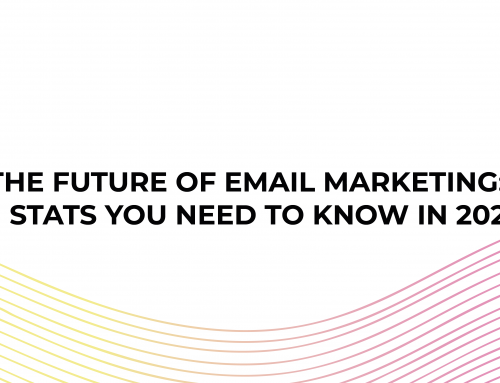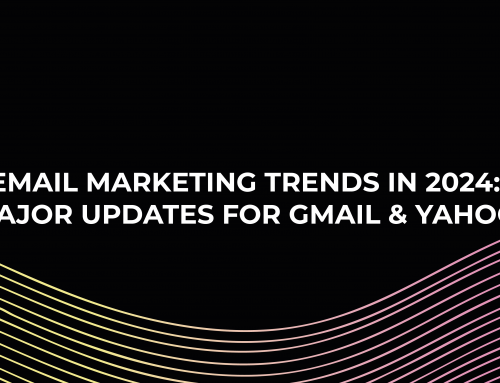Email List Segmentation : How To Target The Right Audiences for Maximum Impact
Email List Segmentation is a tried and tested technique as old as email marketing itself. It involves separating your list into smaller more targeted groups so you can send personalised messages based on data you’ve collected about each user. The more detailed and specific the information is, the better your segmentation will be, allowing you to further personalise your communications maximising the effectiveness of your email marketing.
In this blog we explore the pros and cons of email list segmentation and focus on some advanced segmentation techniques you can use to skyrocket your open rates.
So let’s get into it:
Benefits of Email List Segmentation:
Email marketing is unique, in that it is both a widespread social tool and a highly personalisable communication method. This versatility has meant that email marketing remains one of the most popular digital marketing methods and shows no sign of slowing down.
- Increase Open Rates: If you have taken the time to collect relevant customer data and written engaging copy, identifying specific pain points each different subscriber may have, then your audience is more likely to open and reach your email. Simply put when content is more relevant the likelihood that customers will engage with it, increases.
- Avoid Spam Filters + Reports: A well segmented email list will result in less spam reports being filed and increased deliverability of your campaigns. using data correctly and providing personalised relevant content, means people are less likely to report your emails as spam.
- Decreases Unsubscribers: Sending non-targeted emails will likely result in people unsubscribing and leaving your email list. So if your goal is to reduce the size of your email list then stay away from segmentation.
- Increase Conversions: Targeted messages are more persuasive. Sending the right message, to the right person, at the right time will drastically increase your conversion rate.
7 Advanced Email List Segmentation Techniques
Demographics:
The first steps email marketers should take when segmenting their email list is gathering demographic data.
This includes relatively basic information about age, gender, job role etc. By collecting this seemingly surface level information, brands can tell alot about a customer and can start personalising their communications accordingly.
Email Engagement:
Another easy way to segment your email list is by level of engagement. This way you can target specific users who have been inactive recently and have not opened or clicked through on any of your emails.
Identifying these users early and grouping them together allows you to send specially targeted campaigns designed to re-engage inactive subscribers.
On the other hand you can use the email engagement stats to identify who has been recently opening, reading and interacting with your emails and send them a targeted campaign with the aim of converting them into a paying customer.
Geographic Data:
Collecting geographical data is a particularly valuable strategy as it allows you to personalise communications with geographically specific deals and discounts. Such deals can greatly impact and influence purchasing decisions.
Geographical data is often considered some of the most valuable data as it is so versatile in its application, for example companies can use this data too:
- Send Time Based Email Campaigns: This is particularly useful for companies with clients in different time zones. Timing is everything when it comes to email marketing campaigns, so making sure your emails go out at the right hour in each time zone is crucial for success.
- Region Specific Deals: Allows businesses to send emails focused on deals at specific stores or in certain areas of the country.
- Live Events Or Webinars: Invitations to any live events or webinars will have the correct timings depending on time zone data.
Past Purchases:
Looking at a customer’s past purchases is an extremely important segmentation technique. Grouping together individuals who have purchased the same or similar products allows you to send them personalised offers for accessories and other items that would go well with their original purchase.
Behaviours:
Analysing and tracking website behaviour data allows businesses to gather tonnes of invaluable data about what customers are looking for, what links and products they’ve viewed and any pages that they frequent.
One of the biggest advantages of email marketing is the sheer volume of data that is generated and can be used to further personalise the users experience. Especially with the introduction of Google’s new analytics system GA4, businesses can now track users behaviour in even greater detail.
Interests and Hobbies:
Segmenting using info about personal interests and hobbies is one of more complex ways of segmenting an email list, only because gathering this information is slightly more difficult to do.
Creating subscriber questionnaires or personal profile builders can allow you to gather this data in a more transparent way.
By asking for this information upfront you can easily cut through the noise and target your customers based on their own personal preferences.
Wrap Up
Email list segmentation is a game-changer in the world of email marketing. By dividing your subscriber base into separate groups and tailoring your content accordingly, you can deliver relevant, personalised messages that resonate with your audience.
Segmentain is your ticket to higher engagement, increased conversions, and a stronger connection between your brand and your subscribers. Always remember that understanding your audience is key. The more you know about their preferences, behaviours, and needs, the more effective your segmentation strategy will become.




